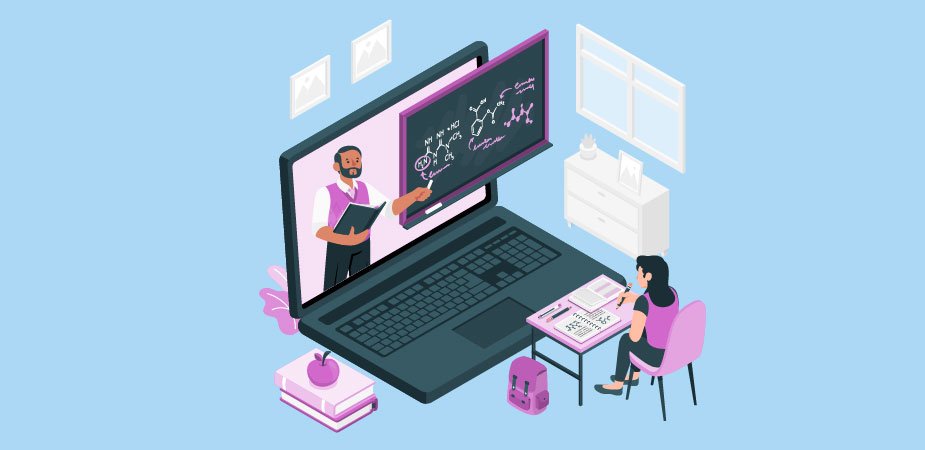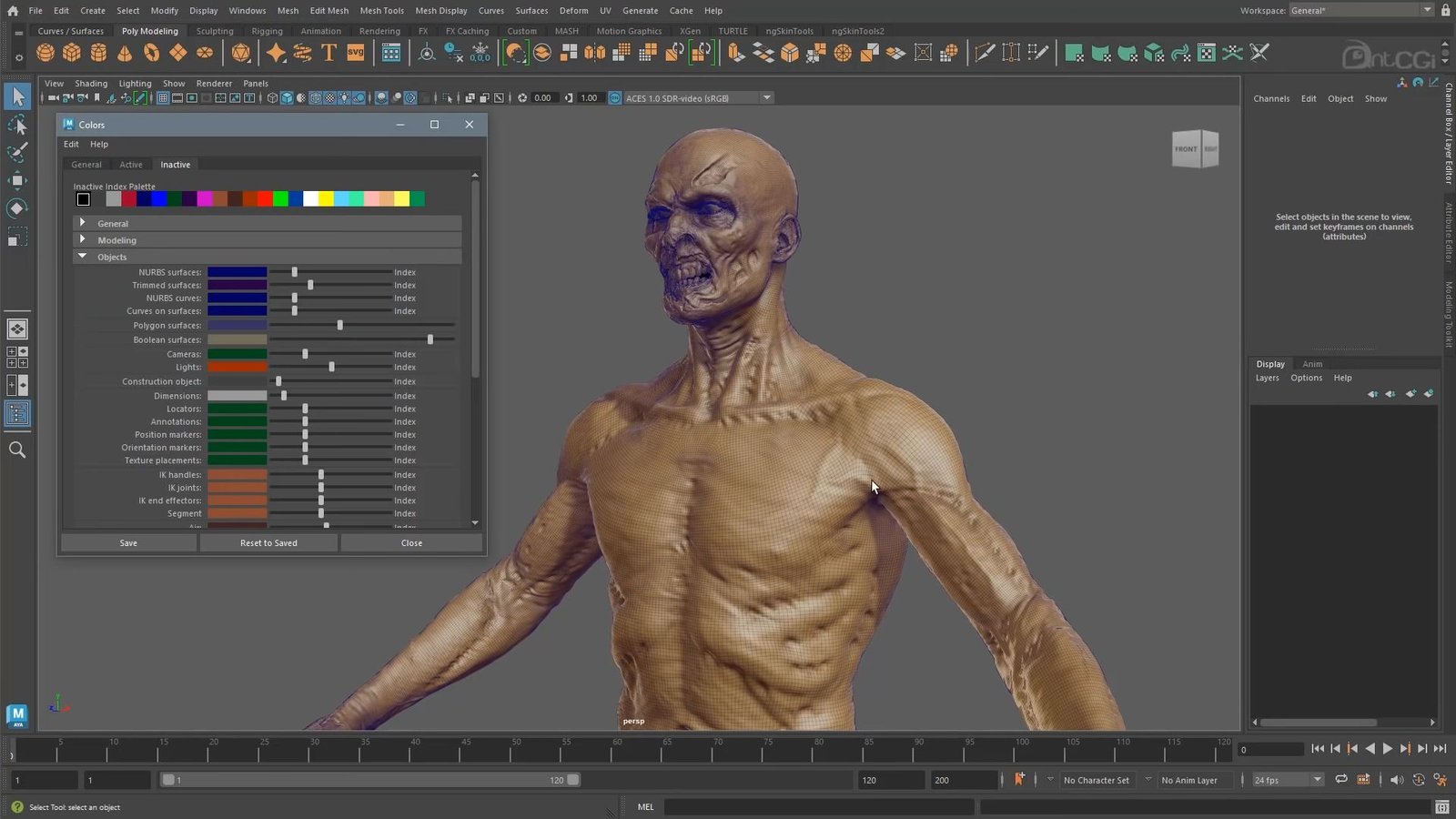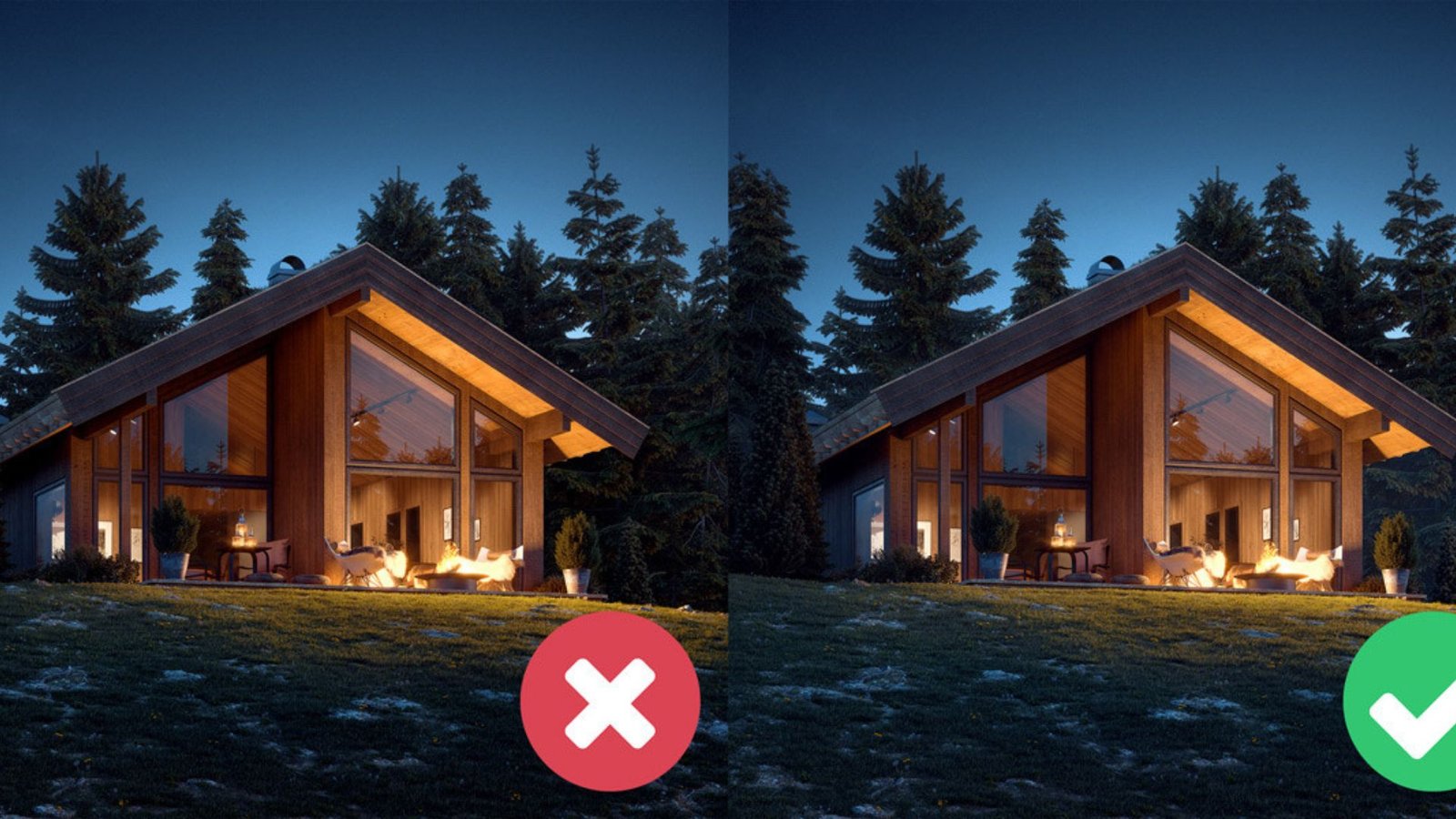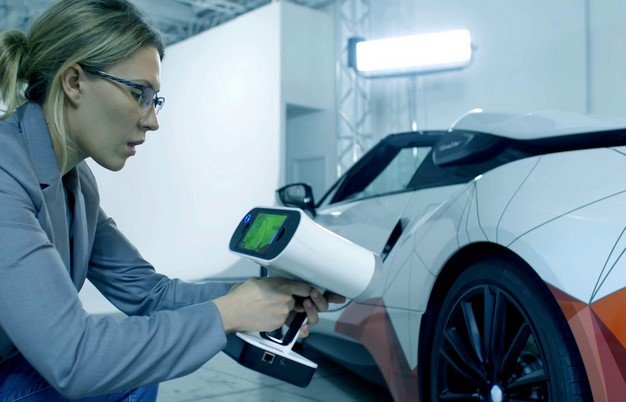Creating 3D animation for educational purposes has become a powerful tool for teachers and educators. By using 3D animations, we can make complex topics easier to understand and engage students in a unique way. In this article, we’ll explore the benefits of 3D animation in education, how to create effective animations, and tips for integrating them into my teaching methods.
Why Use 3D Animation in Education?
3D animation adds a dynamic visual element to learning. Unlike traditional methods, it can illustrate concepts that are hard to visualize. For example, in subjects like science, 3D animations can show processes such as cellular functions or chemical reactions. This visual representation helps students grasp ideas quickly and effectively. Furthermore, it caters to various learning styles, making lessons more inclusive.

1. Enhances Understanding of Complex Topics
When I create 3D animations, I can simplify complex subjects. For instance, in mathematics, 3D models can help students visualize geometric shapes and their properties. This hands-on approach encourages active learning and boosts retention. By turning abstract concepts into visual representations, I help students understand and remember the material better.
2. Engages Students
Creating 3D animation for educational purposes also captures students’ attention. Animations are visually appealing and can make learning fun. Engaged students are more likely to participate in discussions and ask questions. This interaction leads to a deeper understanding of the subject matter. For example, using animations to illustrate historical events can make the learning experience more captivating and relatable.
3. Supports Visual Learning
Many students are visual learners, meaning they understand and retain information better when it’s presented visually. 3D animation caters to these learners by providing clear, engaging visuals. When I incorporate 3D animations into my lessons, I can ensure that all students, regardless of their learning style, have the opportunity to succeed.
4. Provides Real-World Applications
3D animations can demonstrate real-world applications of theoretical concepts. For instance, in engineering courses, I can create animations showing how structures are built or how machines operate. This approach bridges the gap between theory and practice, helping students see the relevance of their studies in real life. It also inspires them to consider careers in fields related to their interests.
5. Facilitates Remote Learning
With the rise of online education, creating 3D animation for educational purposes has become even more essential. Animations can make online courses more interactive and engaging, helping to overcome the limitations of remote learning. When I use 3D animations in my virtual lessons, students can explore topics at their own pace, making learning more flexible and personalized.
6. Encourages Collaboration
Creating 3D animations can also encourage collaboration among students. Group projects where students work together to create animations foster teamwork and communication skills. This collaborative approach not only enhances learning but also prepares students for future workplace environments where teamwork is vital.
7. Improves Memory Retention
Research shows that visual aids can significantly improve memory retention. When I create 3D animations, I am providing students with memorable visual experiences that stick in their minds. This retention is particularly beneficial for exams and assessments, as students can recall information more easily when it’s tied to engaging visuals.
8. Offers Customization
3D animations allow for customization to meet the needs of different students. I can create animations that focus on specific topics or adjust the complexity based on the audience’s understanding. This flexibility ensures that every student receives the instruction they need, which is crucial for effective learning.
9. Inspires Creativity
Creating 3D animation for educational purposes can inspire creativity in students. When they see the possibilities of what can be done with animations, they may be motivated to explore their creative skills. This exploration can lead to new ideas and innovative thinking, which are essential skills in today’s world.
10. Enhances Teacher Effectiveness
Finally, using 3D animation can enhance my effectiveness as a teacher. By incorporating engaging visual tools into my lessons, I can communicate ideas more clearly and keep students interested. This approach not only improves the learning environment but also fosters a more positive relationship between students and myself.
Conclusion
Creating 3D animation for educational purposes is an excellent way to enhance learning experiences. By making complex topics easier to understand, engaging students, and supporting different learning styles, I can improve my teaching methods and promote a deeper understanding of the material. As technology continues to evolve, I look forward to exploring new ways to integrate 3D animation into my educational practices.




